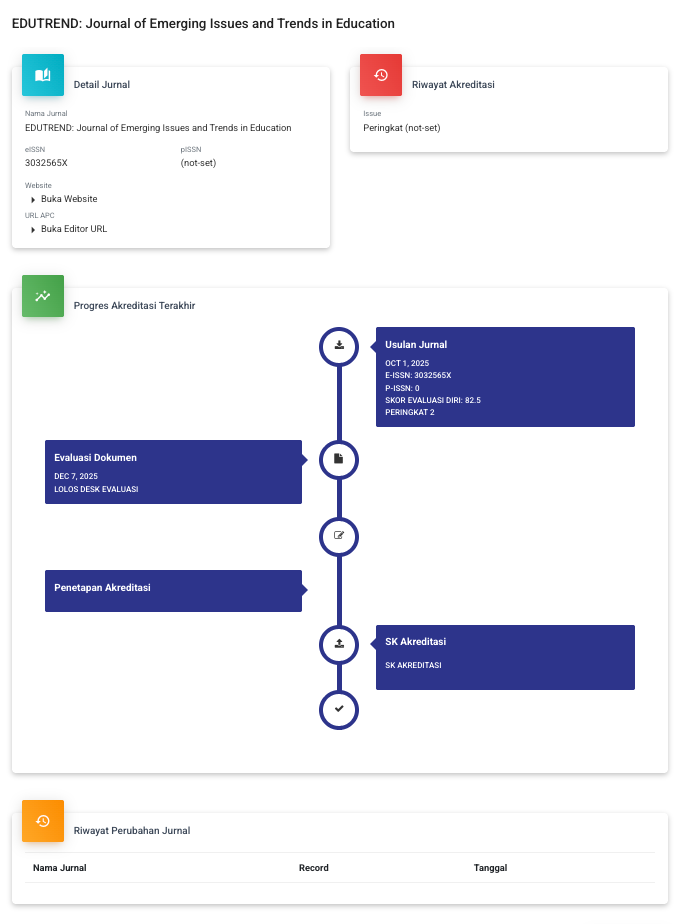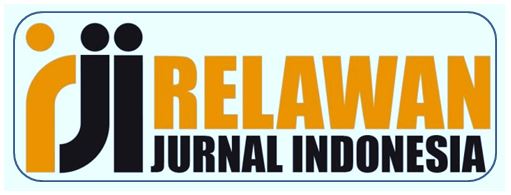Author Guidelines
Manuscript Format
The paper should be submitted in A4 size with one column. The margin 2.5 cm for each sides. The document must be in MS Word format with Book Antiqua 11-point font. For detail format, refer to Paper Template (Click to download)
Manuscript Structure
Title: The running title is an abbreviated title used as the running head on every page of the manuscript. The running title should not exceed 60 characters, counting letters and spaces.
Author(s) and Corresponding author information: This page should contain the full title of your paper not exceeding 25 words, with name(s) of all the authors, institutions and corresponding author's name, institution and full address (Street address, telephone number (including extension), handphone number, and e-mail address) for editorial correspondence. First and corresponding authors must be clearly indicated.
Abstract: This page should repeat the full title of your paper with only the Abstract (the abstract should be less than 250 words for a Regular Paper and up to 100 words for a Short Communication). A good abstract summarizes the complete report content, including at least one sentence per section: purpose, technical approach, results, and conclusion.
Keywords: Not more than eight keywords in alphabetical order must be provided to describe the contents of the manuscript.
Introduction: The Introduction explains the scope and objective of the study in the light of current knowledge on the subject. It is also have to mention gab analysis which describe why the research is significant. The Introduction of your report is organized as a funnel that begins with a definition of why the experiment is being performed and ends with a specific statement of your research approach. In published journal articles, there are at least two citations required in the introduction that support the need for your research and experiments, or show upon which theories your experiment relies.
Methods: The methods describes how the study was conducted; Include sufficient details for the work to be repeated. The methods section describes actions to be taken to investigate a research problem and the rationale for the application of specific procedures or techniques used to identify, select, process, and analyze information applied to understanding the problem, thereby, allowing the reader to critically evaluate a study’s overall validity and reliability. The method section of a research paper answers two main questions: How was the data collected or generated? And, how was it analyzed? The writing should be direct and precise and always written in the past tense.
Results: This section reports what was found in the study; The results section should state the findings of the research arranged in a logical sequence without bias or interpretation. A section describing results is particularly necessary if your paper includes data generated from your own research.
Discussion: The discussion section explains meaning and significance of the results and provides suggestions for future directions of research. The purpose of the discussion is to interpret and describe the significance of your findings in light of what was already known about the research problem being investigated, and to explain any new understanding or insights about the problem after you've taken the findings into consideration. The discussion will always connect to the introduction by way of the research questions or hypotheses you posed and the literature you reviewed, but it does not simply repeat or rearrange the introduction; the discussion should always explain how your study has moved the reader's understanding of the research problem forward from where you left them at the end of the introduction.
Conclusion: A conclusion is not merely a summary of the main topics covered or a re-statement of your research problem, but a synthesis of key points and, if applicable, where you recommend new areas for future research. For most essays, one well-developed paragraph is sufficient for a conclusion, although in some cases, a two or three paragraph conclusion may be required.














 the Creative Commons Attribution-ShareAlike 4.0 International License |
the Creative Commons Attribution-ShareAlike 4.0 International License | 